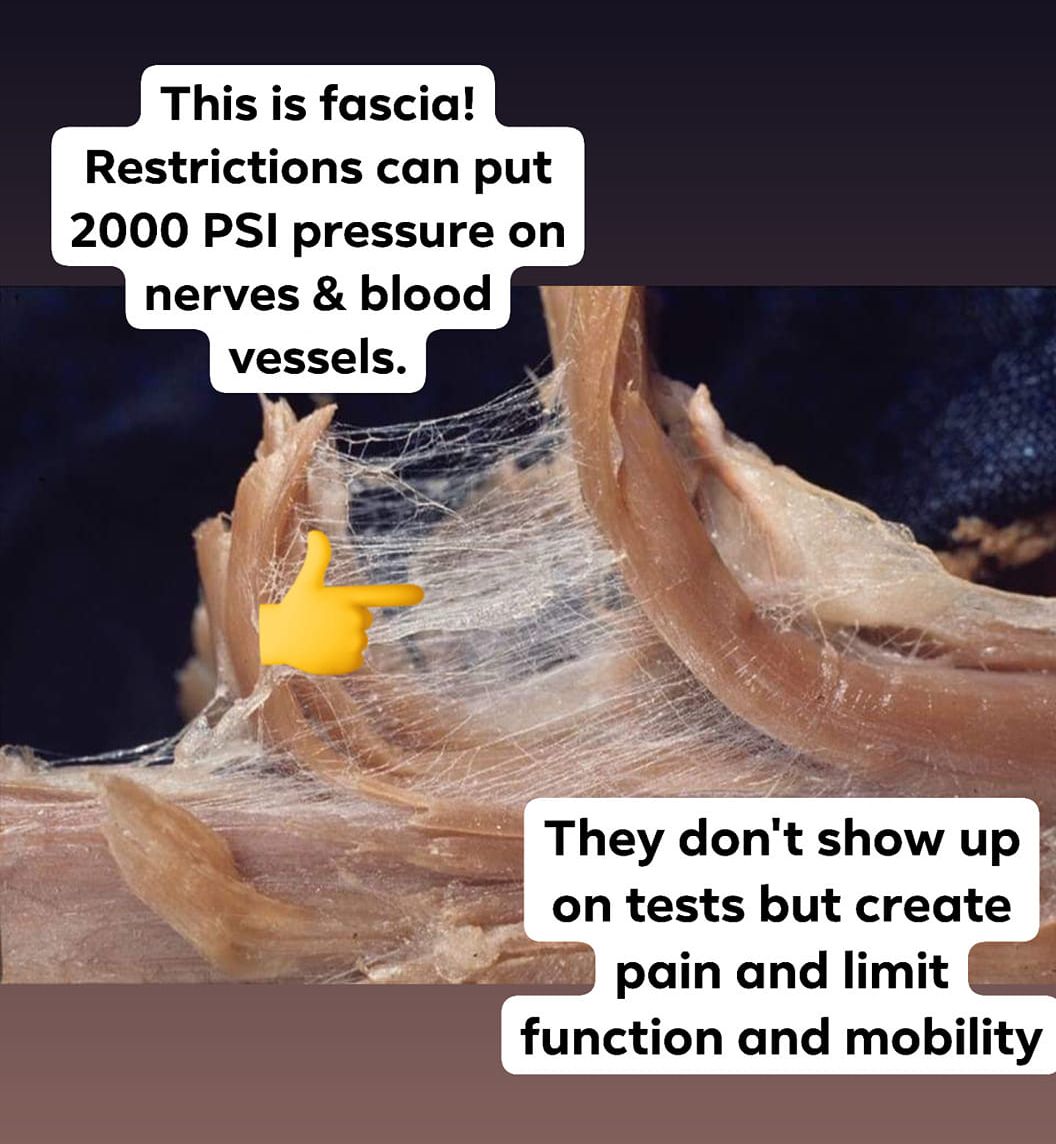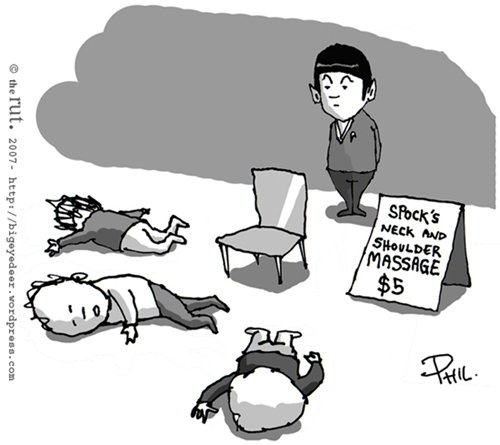What is myofascial release?
Watch this short video . . .
Myofascial Release (MFR) is a non invasive, self correcting process in which light to moderate, but focused and prolonged compression is applied to the body. This begins a chain reaction of releases in the fascial system. A low impact / long stretch method that involves applying sustained pressure into connective tissue restrictions to eliminate pain and restore motion. This is sustained pressure, applied slowly, allows the “Fascia” to elongate, stretch and “release”. Trauma, inflammatory responses, and/or surgical procedures create Myofascial restrictions that can produce tensile pressures of approximately 2,000 pounds per square inch on pain sensitive structures that do not show up in many of the standard tests (x-rays, myelograms, CAT scans, electromyography, etc.) Each Myofascial Release Treatment session is performed directly on skin without oils, creams or machinery. This enables the therapist to accurately detect fascial restrictions and apply the appropriate amount of sustained pressure to facilitate release of the fascia.
What is fascia?

Fascia is a specialized system of the body that has an appearance similar to a spider’s web or a sweater. Fascia is very densely woven, covering and interpenetrating every muscle, bone, nerve, artery and vein, as well as, all of our internal organs including the heart, lungs, brain and spinal cord. The most interesting aspect of the fascial system is that it is not just a system of separate coverings. It is actually one continuous structure that exists from head to toe without interruption. In this way you can begin to see that each part of the entire body is connected to every other part by the fascia, like the yarn in a sweater. This MFR work, along with the energy therapy, provides a great source of relief from a wide array of health challenges ranging from headaches/migraines, back & neck pain, Plantar Fascitis, Sciatica, Chronic Fatigue Syndrome, menstrual discomfort or simply feeling “out of sorts” to chronic and more serious conditions such as Fibromyalgia, Lyme’s disease and addictions.
Two Video’s of what fascia looks like:

